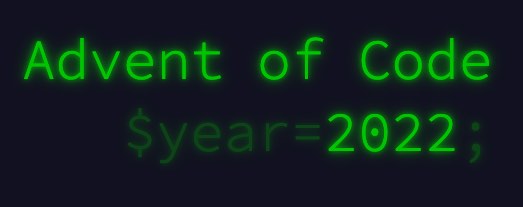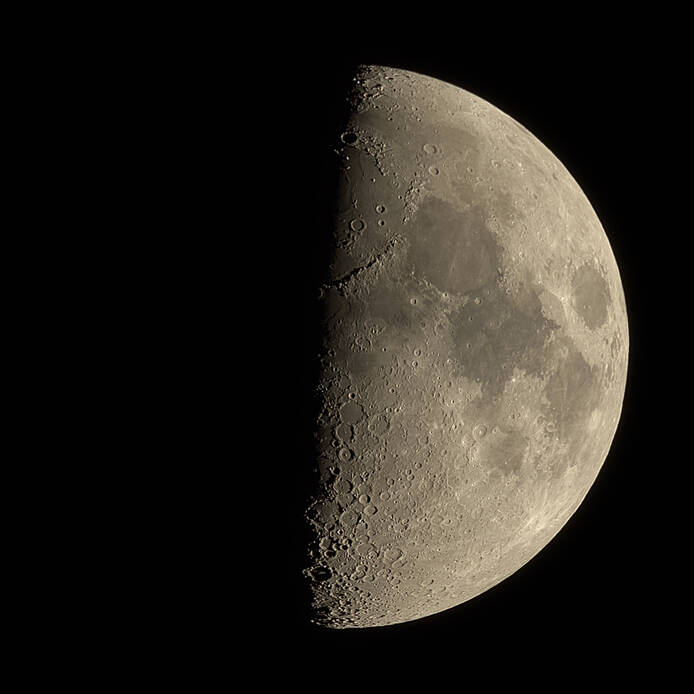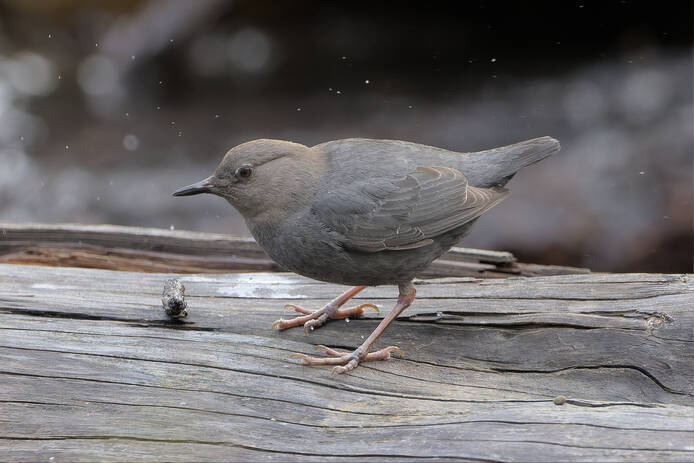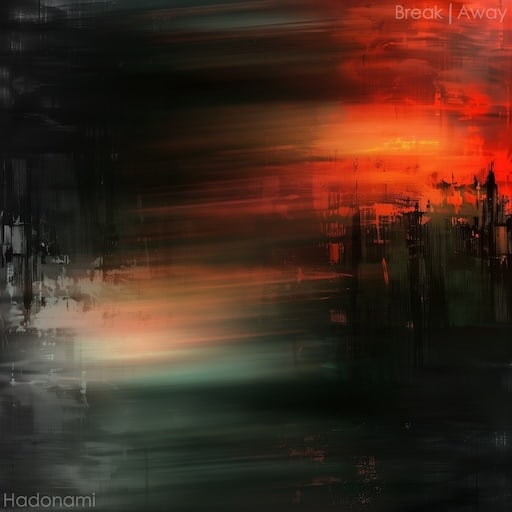
Programming in the era of ChatGPT
 ChatGPT was released for free public use in November 2022 by OpenAI. I'd heard and read about how well it works not only as a chatbot, but for writing code.
ChatGPT was released for free public use in November 2022 by OpenAI. I'd heard and read about how well it works not only as a chatbot, but for writing code.
While new for me, AIs writing code is not a new concept. GitHub Copilot (which I also haven't used) was released for public use more than a full year before ChatGPT. As I understand it, GitHub Copilot is built upon a similar sort of AI service, also from OpenAI, but is less generically conversational and more of a pure code-generation tool.
Asking an AI to write code, with a back-and-forth dialog, and actually have it generate something useful, seemed so far-fetched to me I had to try it out. As you'll see below, I was blown away by how well it performed!
With some back and forth fixing and incremental improvements (I hardly had to change anything myself) ChatGPT wrote several programs for me, and the following webpages:
In this article I'll share my chats with ChatGPT and most of the code it wrote for me. I close with my rambling thoughts on the onset of this technology.
continue reading...Advent of Code 2022
 This is my first year trying the Advent of Code. I'll be keeping my journal here.
This is my first year trying the Advent of Code. I'll be keeping my journal here.
I'd heard about it on podcasts on the TWiT network for a few years now (specifically, Security Now), and I'd like to see for myself how hard the puzzles get toward the end.
I am writing my solutions in python 3 — usually just the minimum effort to get the answer, perhaps with some comments here and there. I am not looking for hints on reddit or anything, as the Advent of Code site suggests.
I've made my code available on GitHub. Obviously, THERE ARE SPOILERS ahead. Don't continue reading if you want to solve these puzzles yourself.
continue reading...RSS Feed
I've added an RSS feed output to my static site generator scripts (written in bash). The feed file is now available at feed.xml.
It was pretty quick and easy to output the XML for the feed. I wanted to include both blog articles and birds galleries in the feed, so I write out both of those to XML files (containing just a series of <item> elements) in their respective bash scripts. The final step was reading the <item> elements and sorting them based on their <pubDate> (NetNewsWire didn't sort the items based on date, as I assumed it would).
September 3rd 2022 Moon
 We had a half Moon and clear skies on the evening of September 3rd, and the Moon was in a good position to be photographed from the deck, so I took a bunch of photos.
We had a half Moon and clear skies on the evening of September 3rd, and the Moon was in a good position to be photographed from the deck, so I took a bunch of photos.
Unlike my previous attempts at photographing the Moon, I used a tripod. I didn't have my star tracker with me so I had to manually adjust the tripod every few shots.
I'm happy with the results. Compared to my previous photo (from this February post) I ended up with a photo with a lot more contrast and detail.
continue reading...Birds Favorites Pages
 Now available for viewing: gallery pages of my favorite bird photos from each year.
Now available for viewing: gallery pages of my favorite bird photos from each year.
The new pages are organized by year, and include all my favorite bird photos:
continue reading...

